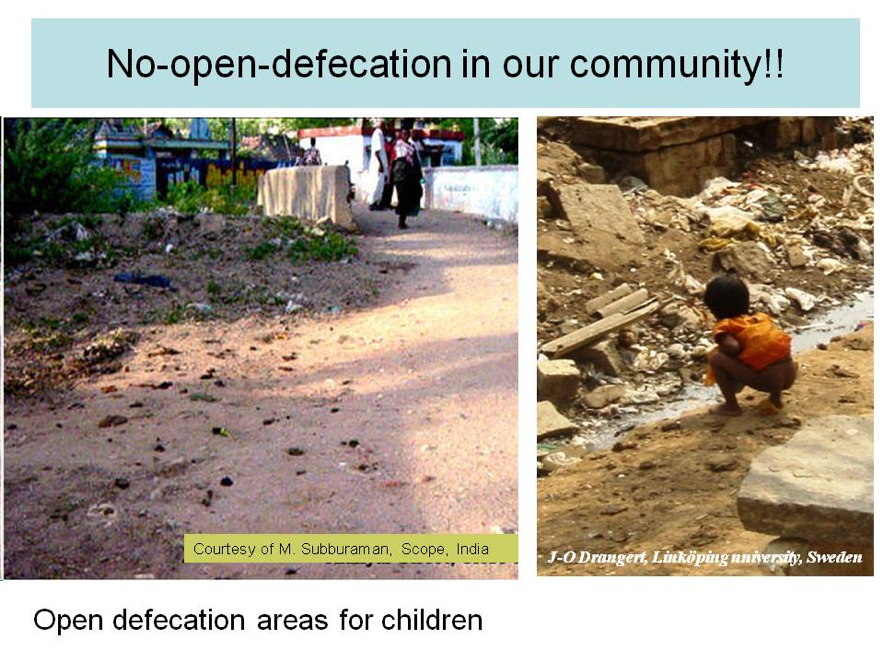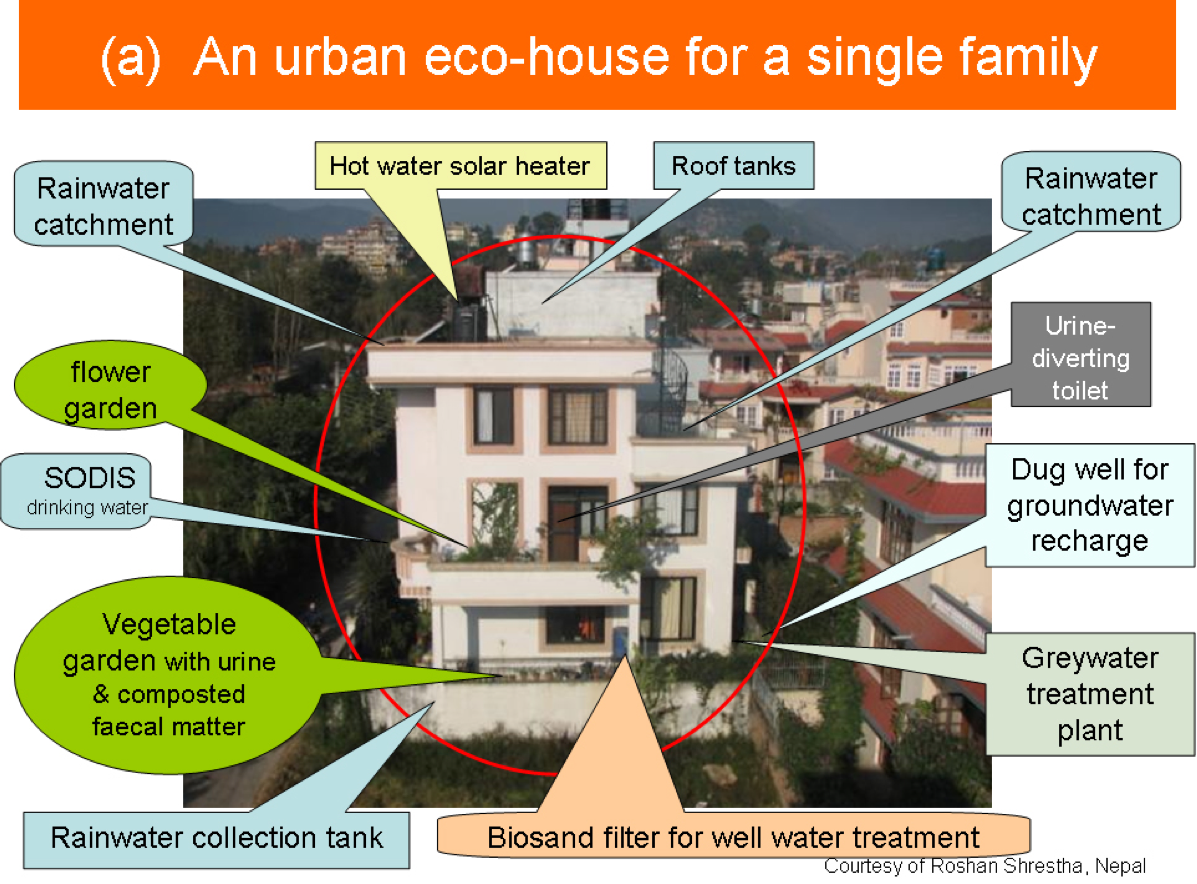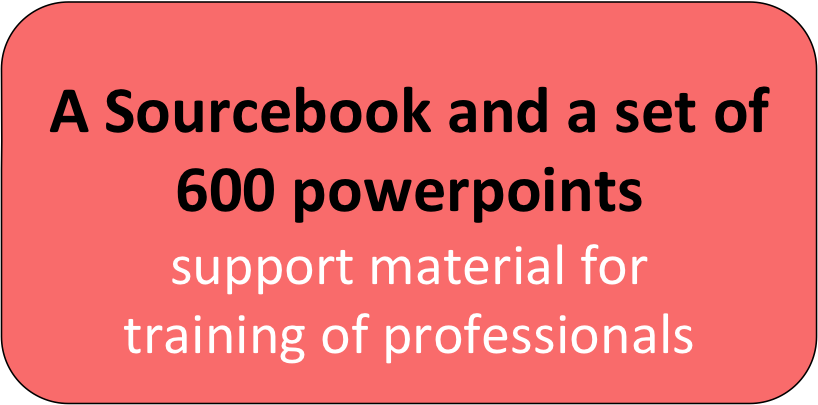Difference between revisions of "Sustainable sanitation training material"
(→Original source) |
|||
| Line 51: | Line 51: | ||
<br> | <br> | ||
==Original source== | ==Original source== | ||
| − | <--<div id="authors">authors</div>--> | + | <!--<div id="authors">authors</div>--> |
This support material for training of professionals for the sanitation and water sector has been developed by the main authors Jan-Olof Drangert of [http://www.liu.se/?l=en Linköping University]/Vatema, Caroline Schönning of the [http://www.smittskyddsinstitutet.se/ Swedish Institute for Communicable Disease Control], and Björn Vinnerås of the [http://www.slu.se/en/ Swedish University of Agricultural Sciences]. | This support material for training of professionals for the sanitation and water sector has been developed by the main authors Jan-Olof Drangert of [http://www.liu.se/?l=en Linköping University]/Vatema, Caroline Schönning of the [http://www.smittskyddsinstitutet.se/ Swedish Institute for Communicable Disease Control], and Björn Vinnerås of the [http://www.slu.se/en/ Swedish University of Agricultural Sciences]. | ||
[[Image:sourcebook.png|left|200px| link=http://www.sustainablesanitation.info/index.php]] | [[Image:sourcebook.png|left|200px| link=http://www.sustainablesanitation.info/index.php]] | ||
Revision as of 05:25, 7 February 2013

Sustainable Sanitation for the 21st Century
A sourcebook for training is now available for free download
The sourcebook is the result of experiences gained over the last decade from more than 300 participants attending an international training course and ongoing research.
Sustainable Sanitation aims at protecting human and environmental health through safe use and reuse of available resources
This Sourcebook and set of 600 animated PowerPoints provides the knowledge and skills required to address the five improvements below.
- There is no water scarcity in cities, only poor management of the available water.
- Morbidity can be reduced through washing hands and safe handling of child faeces.
- Future toxic shocks can be avoided through harnessing our chemical society by source control of products.
- Food security can be achieved through reduced wastage, recycling of nutrients and changes in diets.
- Households and residents hold the key to improvements mainly through improved sanitation routines, and also through exercising the power as consumers and voters.
The material is multi-disciplinary and covers management issues, town planning, civil and environmental engineering, public health, urban agriculture, etc.
- You access information and useful references from the Sourcebook (700 pages)
- You can combine your own training material with the PowerPoints you pick out of this set of 600 slides. Below are two examples:
Quick Downloads
Introduction & Chapters - download the PPT and PDF here.
Chapter 1 - Sustainable sanitation - a review - download the PPT and PDF here.
Chapter 2 - Sanitation management today and in the future - download the PPT and PDF here.
Chapter 3 - Sanitation and public health - download the PPT and PDF here.
Chapter 4 - Sanitation and the environment - download the PPT and PDF here.
Chapter 5 - Applications - download the PPT and PDF here.
Need help with your download? Yes, help
Original source
This support material for training of professionals for the sanitation and water sector has been developed by the main authors Jan-Olof Drangert of Linköping University/Vatema, Caroline Schönning of the Swedish Institute for Communicable Disease Control, and Björn Vinnerås of the Swedish University of Agricultural Sciences.



